In this lesson we will look at the repeating pattern of the 3nps modes for extended range guitar. This will help you to learn all the modes more easily. We’ll start by using the Mixolydian mode again.
In this lesson on the modes for extended range guitar we’ll look at 7 string guitar (Tuned: B-E-A-D-G-B-E) and two different tunings for 8 string guitar.
Modes for Extended Range Guitar: Tunings
Fanned Fret ‘High A’ – (B-E-A-D-G-B-E-A)
‘Low F#’ – (F#-B-E-A-D-G-B-E)
I have chosen Mixolydian because, in my opinion, it is easier to see the repeating pattern with this mode. There are 3 fingering shapes that occur in all the modes when you play 3 notes on every string. ‘Whole Step – Whole Step’, ‘Half Step – Whole Step’ and ‘Whole Step – Half Step’.
For Short I’ll call the fingering patterns ‘WW’, ‘HW’ and ‘WH’. If you look at the 7 string diagram below you will notice that the ‘WW’ pattern occurs 3 times. Then ‘HW’ twice and then ‘WH’ twice. I’ve also added a 4th note on the last string since this takes us back to the root.
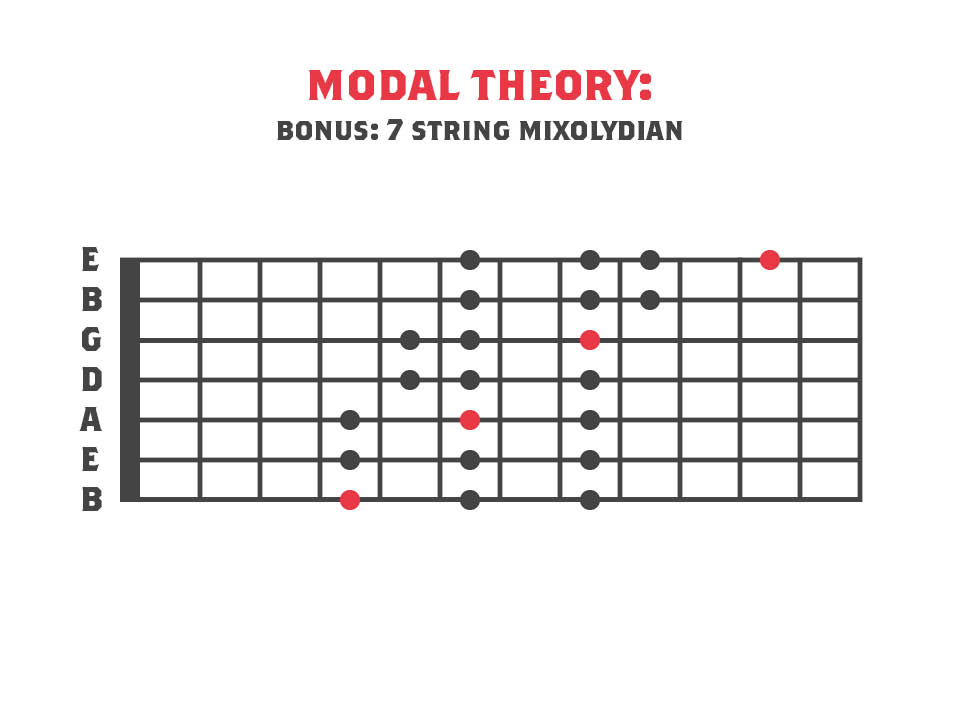
After the second instance of the ‘WH’ pattern we go back to the begining. If we look at an example on 8 strings you can see how the overall pattern loops back to ‘WW’ again on the last string.
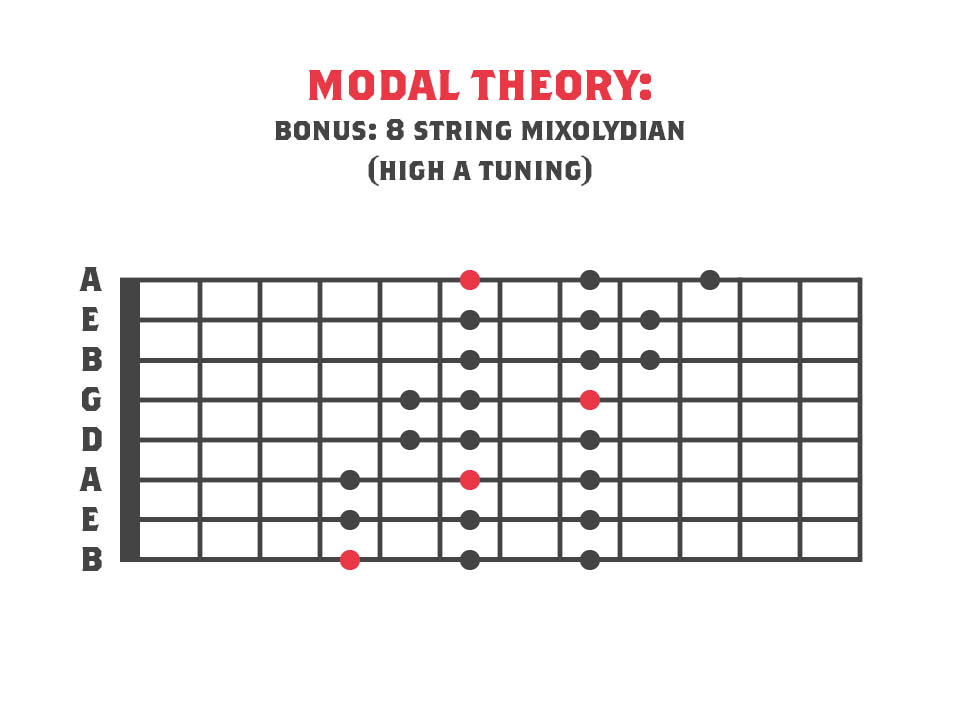
You may notice that the above diagram is basically the 6 string Ionian Mode shape but with an extra lower string. This gives us the V, VI and VII degrees of the scale and also a higher string adding the same notes.
Mixolydian Mode – Low F# 8 String Guitar
This second example uses the more common ‘Low F#’ tuning for the 8 string guitar. As you can see the pattern is the same, however keep in mind that we shift up 1 fret when we reach the high B string so it looks slightly different to the example above. You can compare this with the 6 string Lydian shape but with 2 lower strings (So we’re adding V, VI, VII, I, II and III to the start)
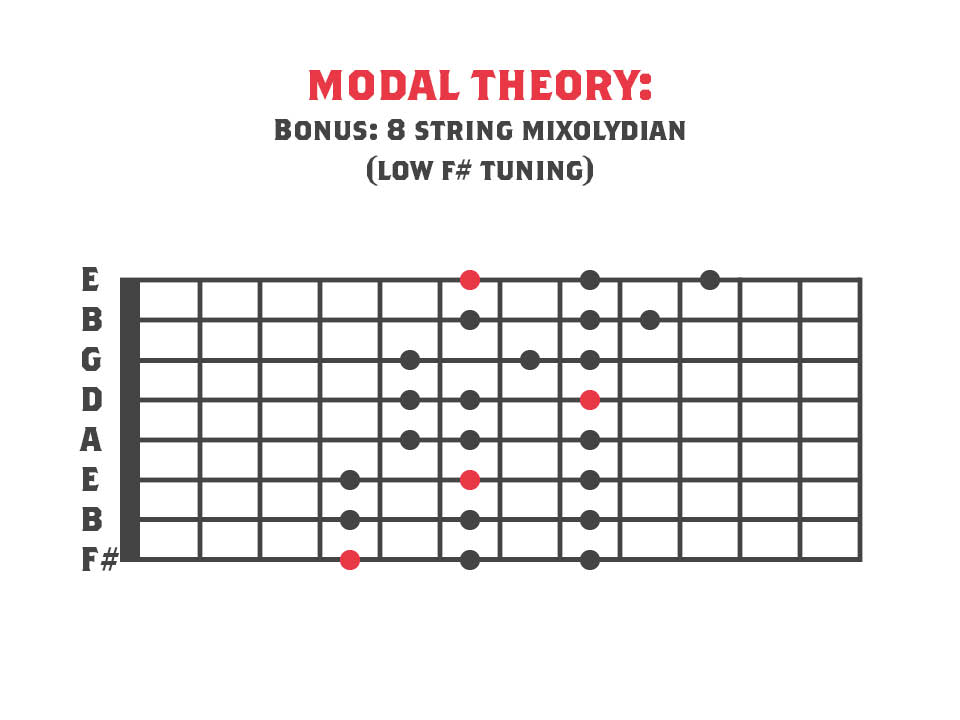
Repeating Patterns for 8 String Guitar
Hopefully you can see what I mean about how the pattern loops. Check back at the diagrams of the other modes in the previous posts. You will notice they all have the ‘WW’ ‘HW’ and ‘WH’ fingerings in the same order (just from a different starting point).
The ‘WW’ pattern occurs 3 times. If we play from the first occurrence we get Mixolydian mode. However if we start from the second occurrence we get Ionian Mode and from the third occurrence we get Lydian.
Likewise with the ‘HW’ pattern we get Locrian and Phrygian respectively and the ‘WH’ pattern gives us Aeolian and Dorian.
Below is the Diagram again for Mixolydian and for Dorian. The Roman Numerals for each mode are noted at the start of each pattern. I = Ionian, II = Dorian, III = Phrygian, IV = Lydian, V = Mixolydian, VI = Aeolian and VII = Locrian. As you can see the same fingering patterns occur but starting from ‘WH’ for Dorian. (The second occurrence of the ‘WH’ pattern):
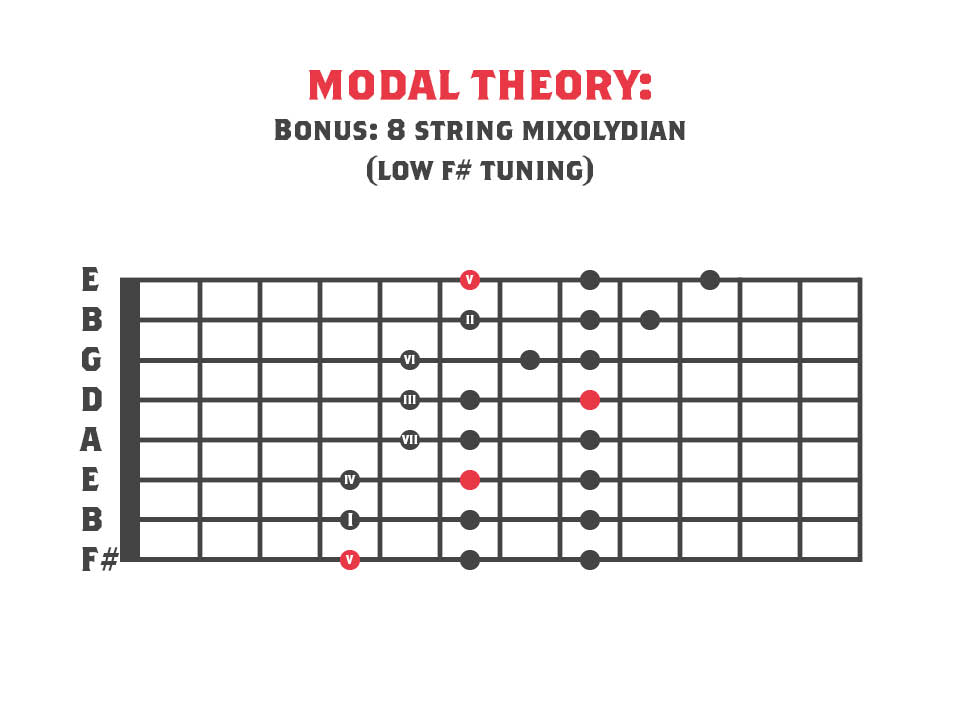
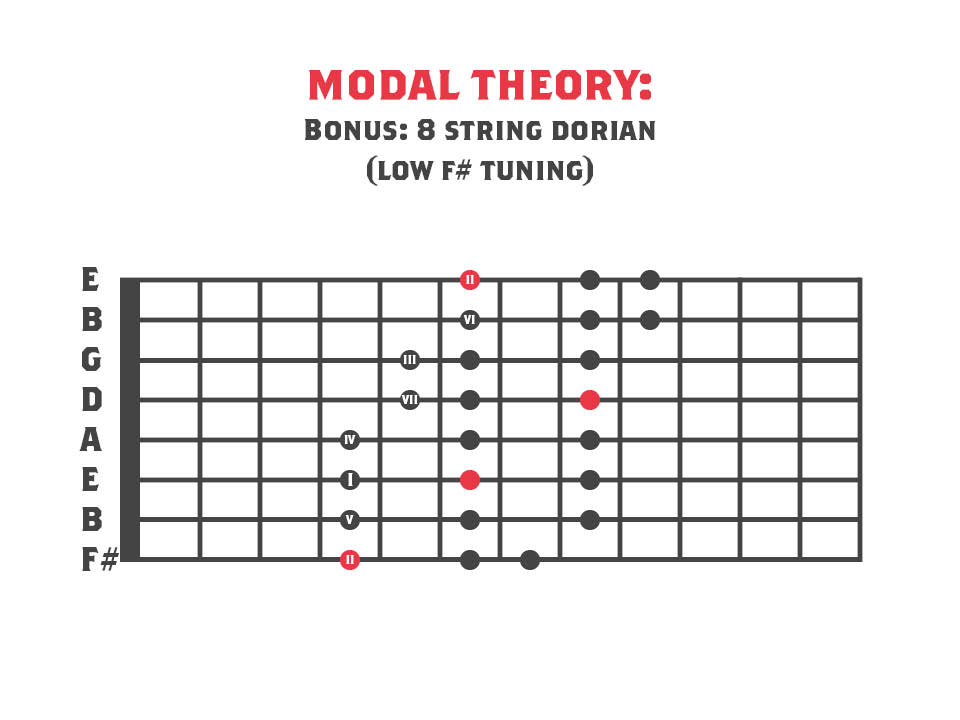
Knowing Your Position
If you play ‘WH’ starting from any note anywhere on the neck you know that you are starting from either the II or the VI. You can instantly start to form either a Dorian or Aeolian mode pattern from that position since you know what the next fingering pattern on the next string will be. For example if you decide on Dorian the next string will be ‘WW’ but if you decided on Aeolian the next string would be ‘WH’.
This is how I ‘see’ the modes on the fretboard. I hope that my explanation makes sense and that you find this useful. There are other ways to visualize the modes for extended range guitar so if my way seems unclear or convoluted don’t worry too much. Just keep practicing them and you’ll soon find what works best for you. Being able to visualize where the mode shapes are all over the neck will help greatly when you are improvising!
Footnote: The Guitar used in the cover image is an 8 string from Strandberg Guitars

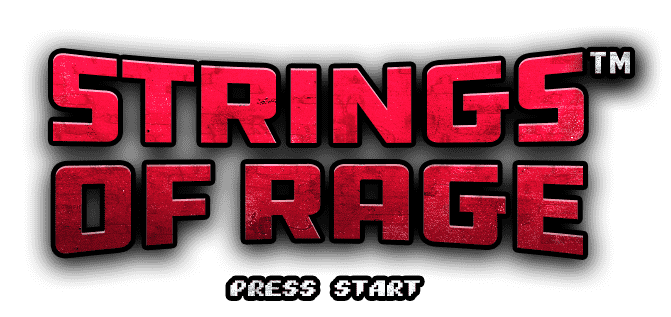
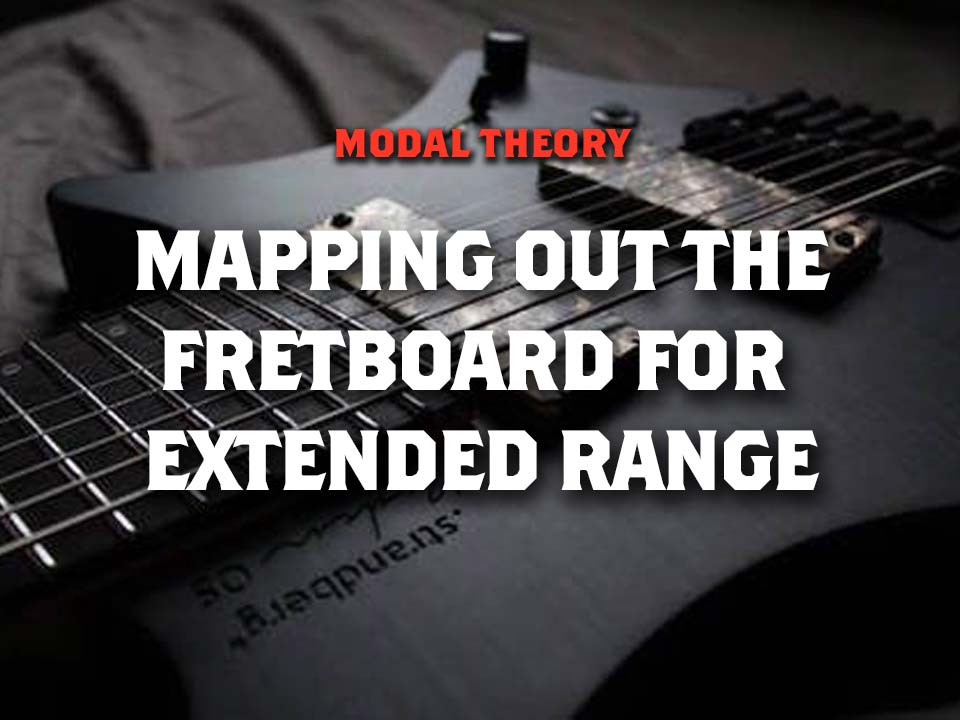
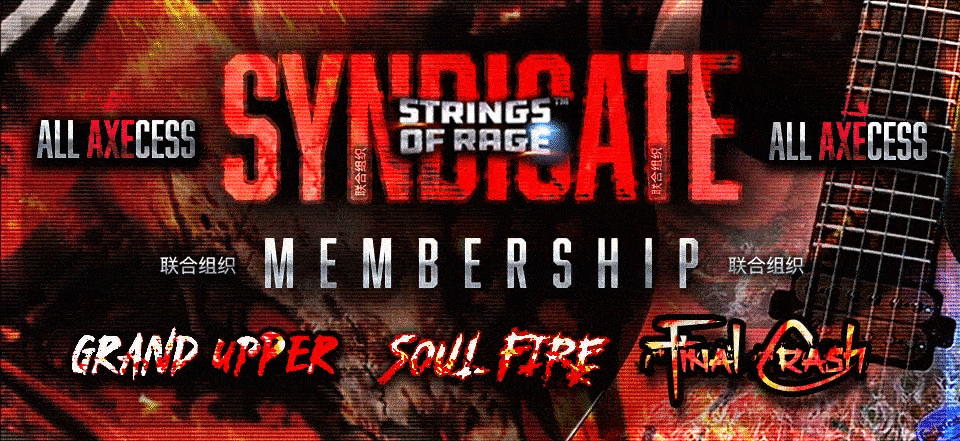
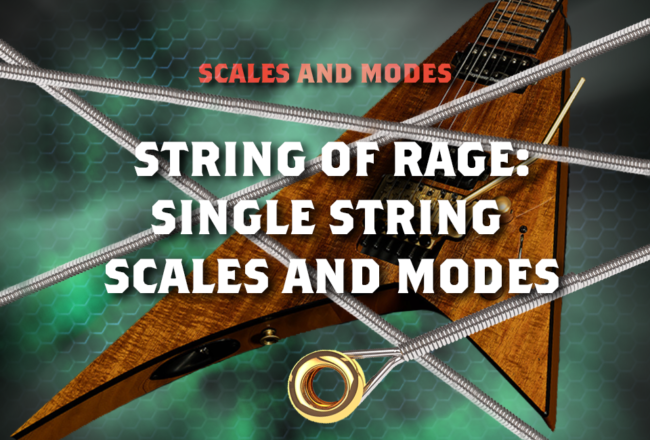
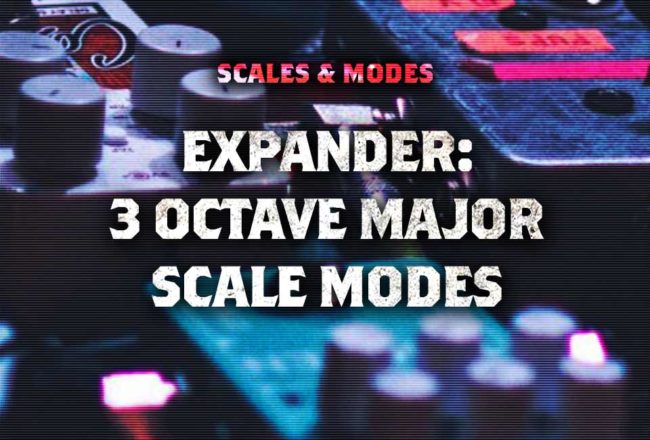
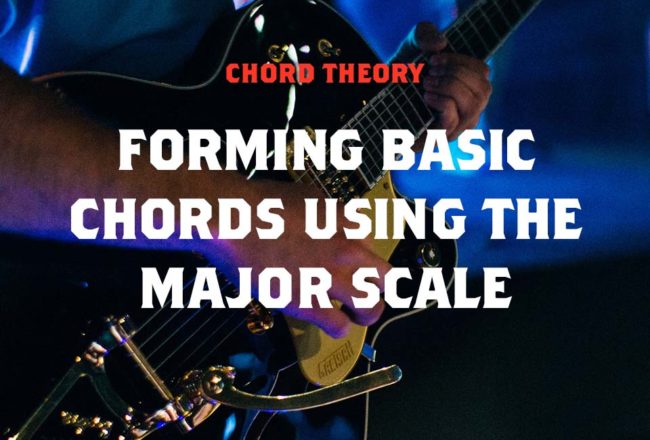






No Comment